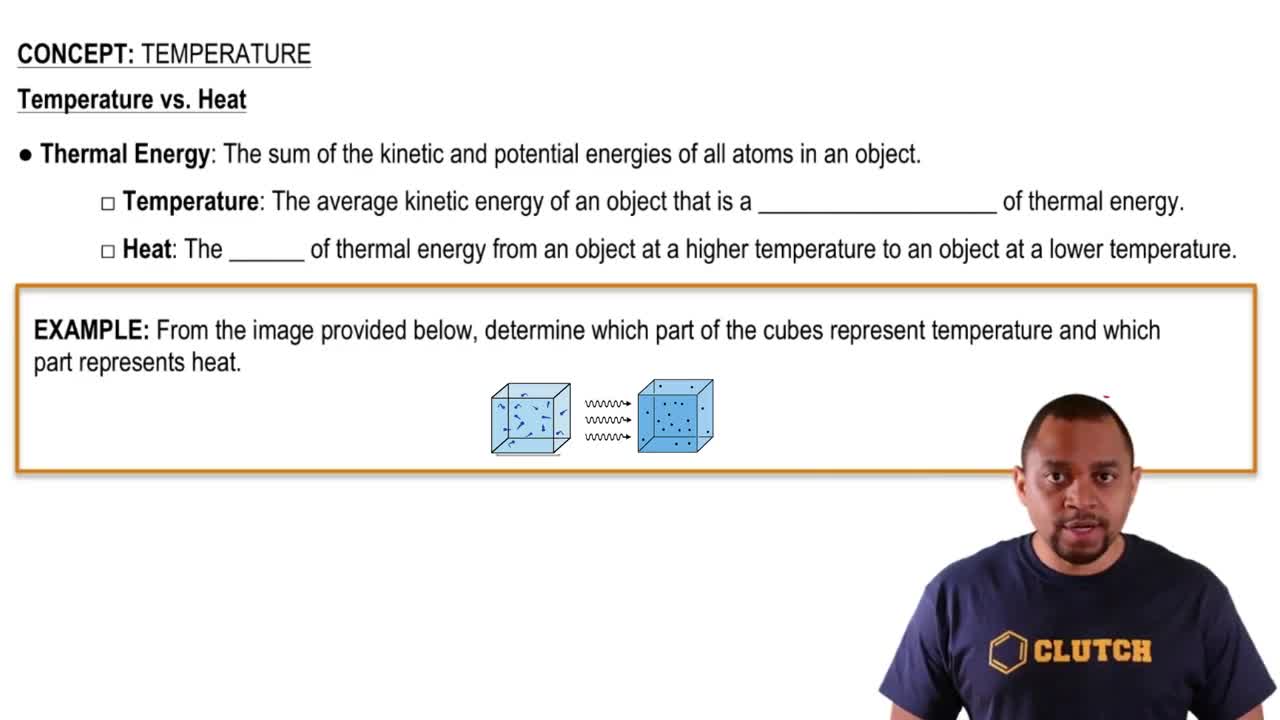Here are the essential concepts you must grasp in order to answer the question correctly.
Heat of Vaporization
The heat of vaporization is the amount of energy required to convert a unit mass of a liquid into vapor without a change in temperature. For water, this process involves breaking intermolecular hydrogen bonds, which requires significant energy. The heat of vaporization is typically higher at lower temperatures because the molecules are more tightly bound, necessitating more energy to overcome these interactions.
Recommended video:
Intermolecular Forces
Intermolecular forces are the forces of attraction or repulsion between neighboring particles (atoms, molecules, or ions). In water, hydrogen bonds are the primary intermolecular forces, and they are stronger at lower temperatures. As water approaches its boiling point, these forces weaken due to increased molecular motion, making it easier for molecules to escape into the vapor phase, thus reducing the heat of vaporization.
Recommended video:
Intermolecular vs Intramolecular Forces
Temperature and Molecular Motion
Temperature is a measure of the average kinetic energy of particles in a substance. At room temperature, water molecules have lower kinetic energy compared to those at boiling point, where they move more vigorously. This increased motion at boiling point allows more molecules to escape into the vapor phase with less energy input, resulting in a lower heat of vaporization at that temperature compared to room temperature.
Recommended video:
 Verified step by step guidance
Verified step by step guidance

